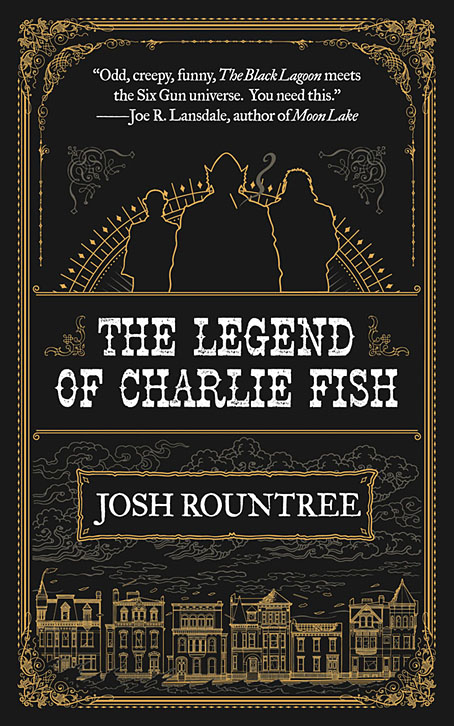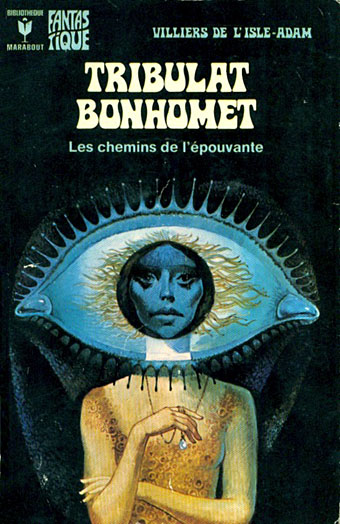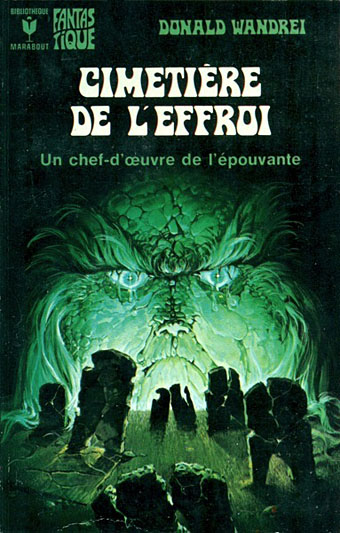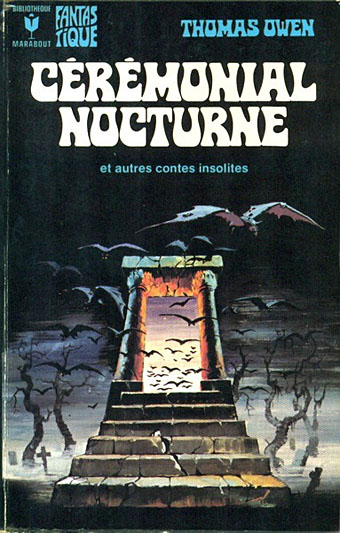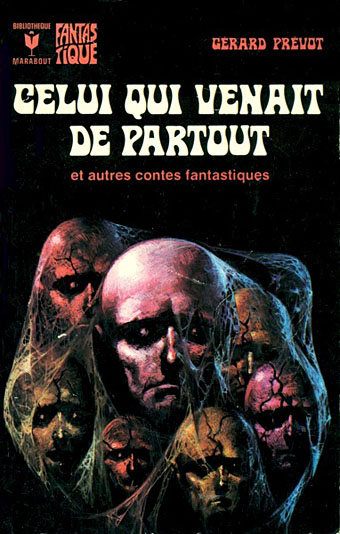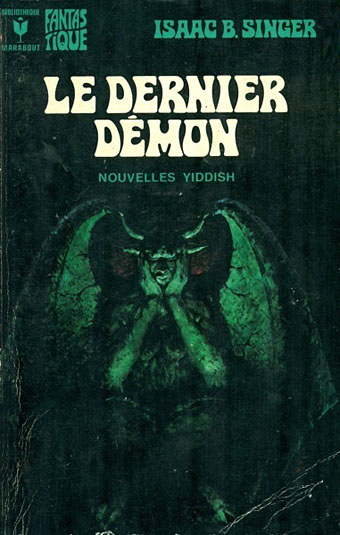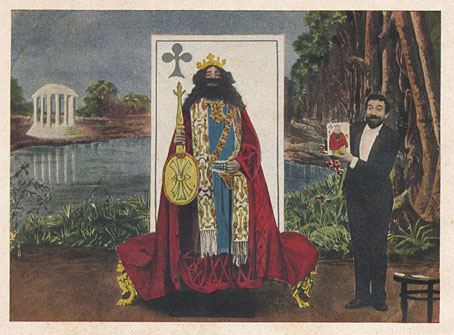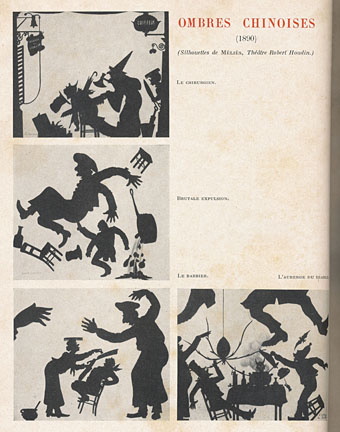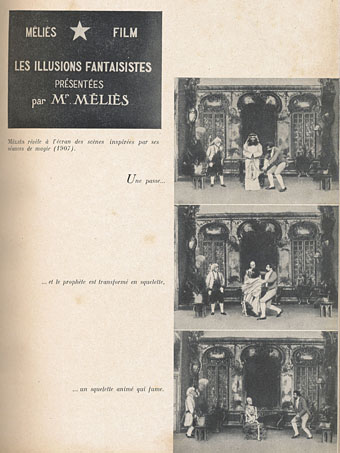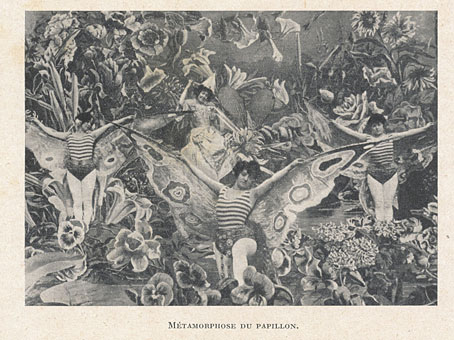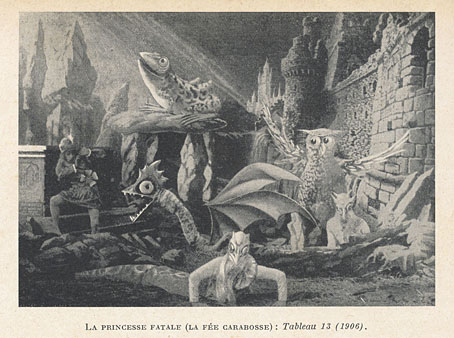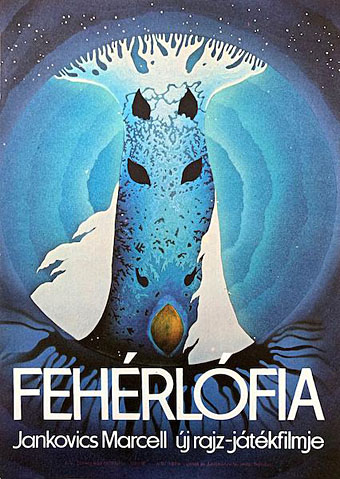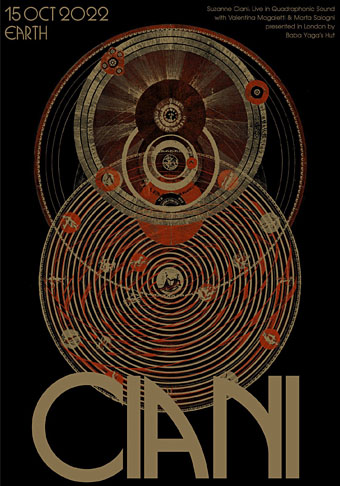I’ve had several new book covers waiting in the wings for the past few months. The most recent of these, the cover for The Legend of Charlie Fish by Josh Rountree, was made public earlier this week so I can reveal it here.
In this debut, neo-gothic Western novel, an unlikely found family flees to Galveston, Texas, and a psychic young girl bonds with an enigmatic gill-man. While two bounty hunters are determined to profit by the spectacle Charlie Fish, the Great Storm—the worst natural disaster in US history—is on its way.
The brief for this one was to create something similar to the covers I designed for Mike Shevdon’s Courts of the Fayre series. Having already been asked to imitate the look of that series for a Marianne Williamson cover I was a little reluctant to do so again, but the final version of this one feels sufficiently different from the others to stand apart. One advantage of the graphic treatment was being able to use silhouettes to hint at the nature of the “enigmatic gill-man” without being too specific. When the appearance of characters is more alluded to than described you have to take care that your artwork isn’t too literal.
The Legend of Charlie Fish will be published by Tachyon in July 2023.

